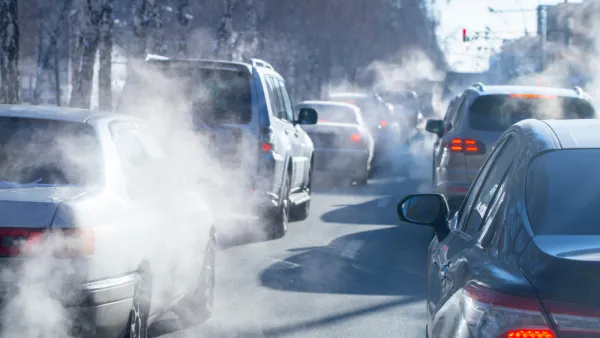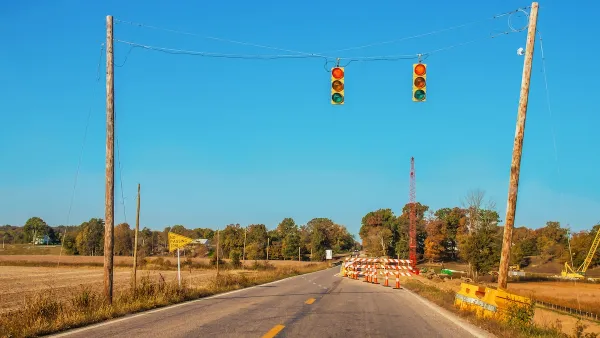Under the Kyoto Protocol, developed countries set targets for cutting carbon emissions relative to 1990 levels by 2012. As the globe gathers to discuss extending the expiring agreement, Duncan Clark examines its effectiveness.
In these first two charts produced by Clark that show the gap between each nation's percentage target and actual percentage change between 1990 and 2010, he finds that "there are more successes than failures and the sum of emissions from nations with Kyoto targets have fallen significantly." European countries appear to have performed well in reducing their carbon footprint, but "[t]he European picture is more complex than these charts suggest because under the European Trading Scheme companies across the continent can trade emission permits between each other. Once these traded emissions are taken into account some countries move around - most noticeably Italy which switches from being ahead of its target to substantially behind."
Meanwhile, the third chart shows that the increase of carbon emissions in the rest of the world, particularly China and other emerging economies, have nullified the success of European countries. It is important to note that this growth is largely driven by the production and export of goods to developed nations, which undermines the impact of Kyoto on a global scale. "According to one study I reported on last year," adds Clark, "when you look at total carbon footprint of each nation (including imports and excluding exports), the progress made under Kyoto looks extremely poor, with Europe's savings reduced to just 1% from 1990 to 2008 and the developed world as a whole seeing its emissions rise by 7% in the same period."
The last chart shows that global carbon emissions have been increasing steadily over the past decade with no sign of slowing down. "In that sense, the Kyoto protocol has been a failure," admits Clark. "But it was unquestionably an important first step in global climate diplomacy. The question is whether a more ambitious second step will follow in time to avoid unacceptable risks of devastating climate change."
FULL STORY: Has the Kyoto protocol made any difference to carbon emissions?

National Parks Layoffs Will Cause Communities to Lose Billions
Thousands of essential park workers were laid off this week, just before the busy spring break season.

Retro-silient?: America’s First “Eco-burb,” The Woodlands Turns 50
A master-planned community north of Houston offers lessons on green infrastructure and resilient design, but falls short of its founder’s lofty affordability and walkability goals.

Delivering for America Plan Will Downgrade Mail Service in at Least 49.5 Percent of Zip Codes
Republican and Democrat lawmakers criticize the plan for its disproportionate negative impact on rural communities.

Test News Post 1
This is a summary

Test News Headline 46
Test for the image on the front page.

Balancing Bombs and Butterflies: How the National Guard Protects a Rare Species
The National Guard at Fort Indiantown Gap uses GIS technology and land management strategies to balance military training with conservation efforts, ensuring the survival of the rare eastern regal fritillary butterfly.
Urban Design for Planners 1: Software Tools
This six-course series explores essential urban design concepts using open source software and equips planners with the tools they need to participate fully in the urban design process.
Planning for Universal Design
Learn the tools for implementing Universal Design in planning regulations.
EMC Planning Group, Inc.
Planetizen
Planetizen
Mpact (formerly Rail~Volution)
Great Falls Development Authority, Inc.
HUDs Office of Policy Development and Research
NYU Wagner Graduate School of Public Service





























